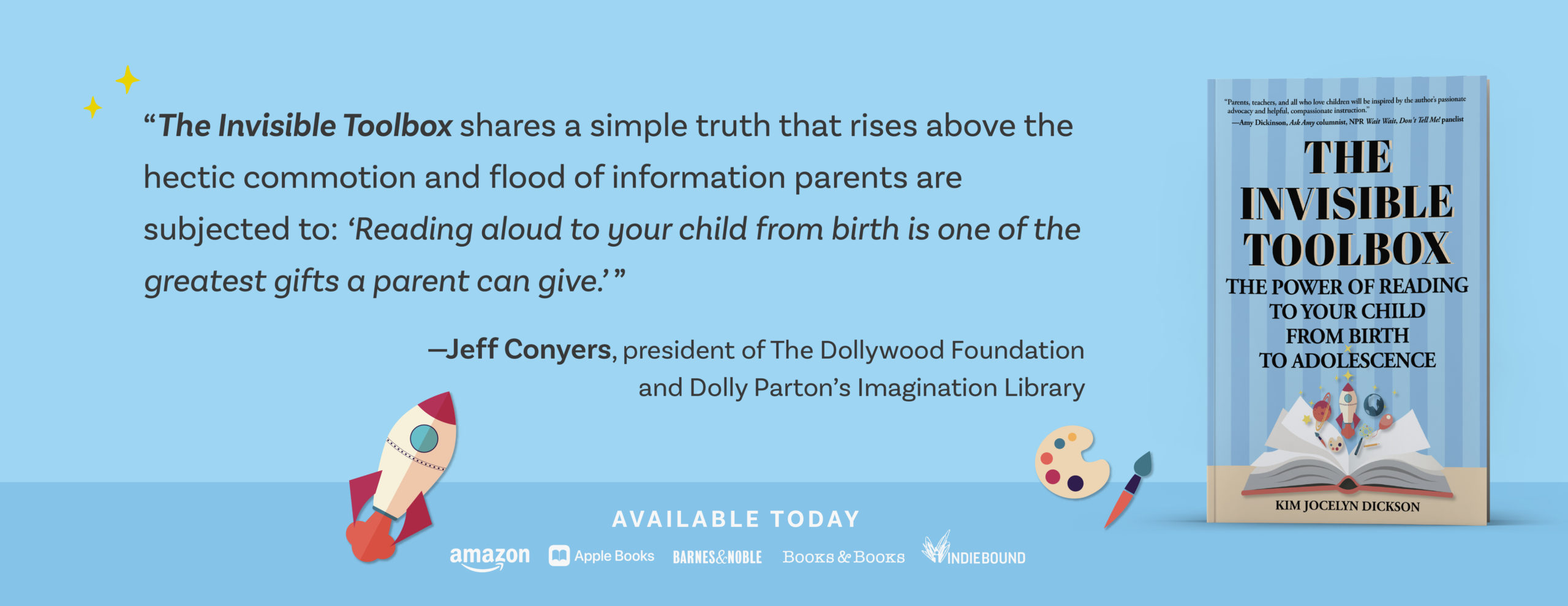Recent NAEP Test Scores Point the Way
Our Nation’s Report Card for fourth graders dropped last week, and the 2022 reading score results were pretty much what we would have expected.
Remember the phrase ‘Covid Slide’? It’s probably tucked away somewhere with your banana bread recipe and cleaning wipes.
The National Assessment of Educational Progress (NAEP) tests a demographic cross section of fourth and eighth graders in the United States every two years to ascertain how we’re doing in reading and math. The test was due to be given in 2021, but postponed until recently due to the pandemic.
As it turns out, Covid Slide was real. Unsurprisingly, our fourth graders’ reading scores dropped 5 points compared to their 2019 scores, the largest decline since 1990.

Two Important Things the NAEP Data Tell Us
What can we learn from this?
The first, most obvious take away is that the lockdowns were harmful to children. Kids need to be in school. But we already knew that. We’ve seen it in the increase in mental health issues that have also accompanied their delay in academic skills.
The data points to another conclusion as well.
Children who love to read showed far less decline than children who don’t.
When I wrote “Worried About Your Child Falling Behind During the Pandemic? The Single Most Important Thing Parents Can Do to Mitigate Covid Slide” back in July of 2020 I predicted this correctly.
Students who scored at the 90th percentile or above dropped just 2 points compared to greater amounts for each percentile rank below, with a decline of a full 12 points for students scoring in the 10th percentile.
While this too may seem like an obvious result, it bears unpacking.

Issues with access to technology and varying degrees of quality in lesson delivery through distance learning are factors that unquestionably had an impact on student learning through lockdowns.
Students Who Read for Pleasure Experienced Less “Covid Slide”
The greatest factor, however, was one that I knew would most profoundly impact how my fifth grade students fared when we left school in March of 2020, and it was this:
Students who continued reading for pleasure would weather this calamity far better than their peers who did not.
The NAEP data certainly underscores this.
But, one might think, how can you know how much students read for pleasure just by looking at their test scores?
After 32 years teaching elementary school and observing students and the choices they make about reading, I can tell you. Quite a lot.
Each morning my fifth graders would enter the room to classical music and were expected to complete a short ‘get down to business’ activity. Once finished, they were to read a book of their choice quietly.

It was during this short silent reading interval that I learned much about my students and their relationship to reading for pleasure. Through observing how they behaved during this time I began to be able to fairly accurately predict where their standardized test scores would fall.
I knew that students who always had a book in hand and eagerly dove in after completing their work would score in the 90th percentile or above on standardized reading tests. These are the kids who choose to read even when no one is telling them they have to.
I also knew that the students who fought independent reading the most—“I don’t have a book,” “I need to clean out my desk,” “May I sharpen my pencils?” —did not read for pleasure when they had the opportunity, not in class, and probably not at home either, and their test results would show this. *
The take-away? Time spent reading improves a child’s reading skills, so student who read for pleasure do better on tests.
Inexplicably, this glaringly obvious truth is often overlooked when it comes to analyzing reading achievement.

Navigating the Rolling Seas in Education
The world of education has always been in flux when it comes to what and how to teach. Recent years have brought sea changes.
Students are spending more time on screens, both in and out of school.
The culture wars have found their way into schools and profoundly impacted curriculum.
The decades old reading wars rage on as the battle of whole language vs. phonics is fought under the current banners of ‘balanced literacy’ vs. ‘the science of reading.’
Changes in education are perpetual and more consequential than ever right now.
As a teacher with decades of experience teaching reading and observing how much habits formed outside the classroom affect the learning inside, I can assure you that the most important thing you can do as a parent to navigate these waters is to teach your child to love reading. Start as early as you can. Read to them daily. Take them to the library regularly. If you can, buy them books.
Loving reading will enable them to ride out these shifting waters, stay afloat, and learn anyway.
For more on why this is the case, check out The Invisible Toolbox: The Power of Reading to Your Child from Birth to Adolescence.
[Also, find more on this topic in the September 2020 issue of L.A. Parent: “Why Reading to Your Child Matters Now More Than Ever”.]
* Reasons for reading avoidance should always be explored. Often, children who avoid reading have arrived in kindergarten already behind. See “Hope for the Struggling Reader” for more on this. But, there could be additional impediments that cause reading to be a struggle. If you suspect that a visual or auditory processing issue could be interfering, speak to your child’s teacher. Check out author and dyslexia expert Don Winn for more on dyslexia and how and when to screen for it. His book, Raising a Child With Dyslexia: What Every Parent Needs to Know is informative, comprehensive, and helpful for educators as well as parents.

